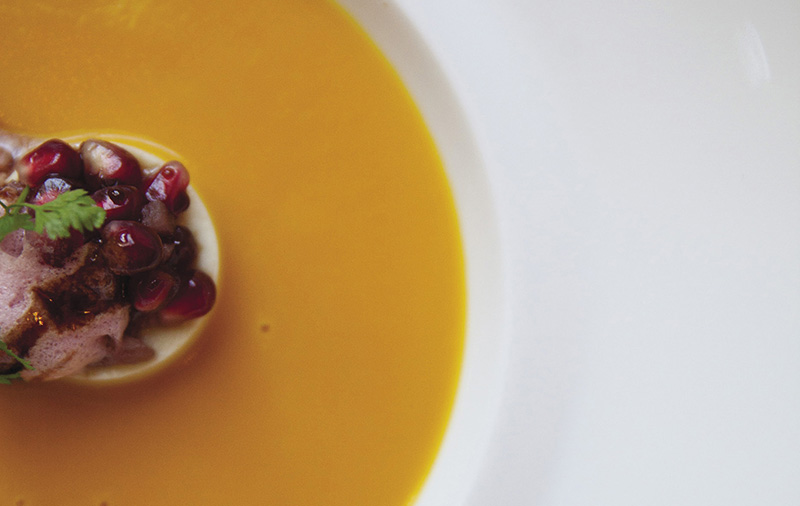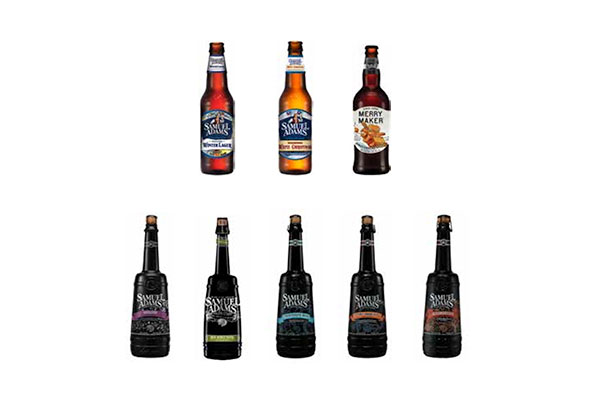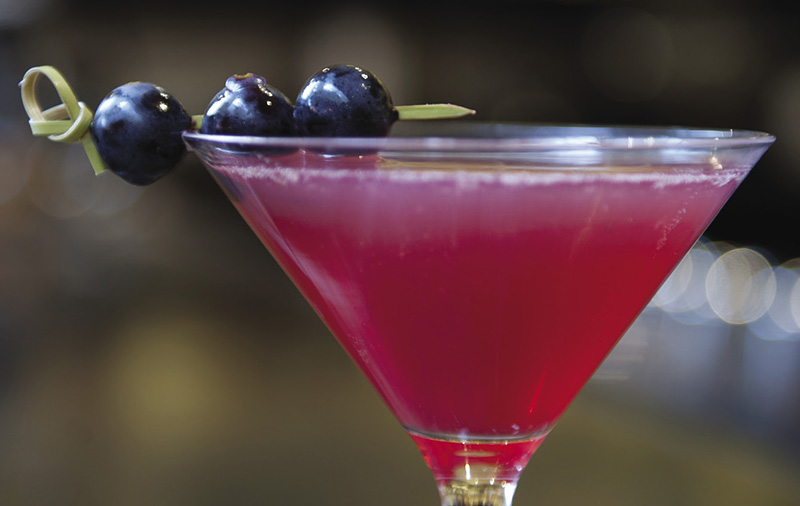– When What Happens on a Farm Shouldn’t Stay on the Farm
Joe henderson raises heritage breed cows on a small farm in the Shenandoah Valley, and he’s happy to tell you all about it. Because decisions that are made on a farm affect the food you eat.
“You would be surprised by how many people in the food industry, from chefs to prep cooks, have never seen a cow or been on a farm,” Joe Henderson says with a laugh. “We are so urbanized and separated from the land that we don’t have the same opportunities to interact with nature the way we used to. With people going from point to point by plane, few take the time to go through the landscape—it’s just not a part of our lives.”
But farming is a huge part of Henderson’s life, even more so today than when he was growing up on and around Virginia farms. By raising Randall Linebacks, a heritage breed that dates back to the 17th century, Henderson not only has saved them from near extinction but also has opened up our minds and palates to the way meat used to taste—and really should taste today.
With 600 picture-perfect acres of soft limestone coursing with natural springs, and 900 more leased from those who don’t want to farm, Chapel Hill Farm offers Randall Linebacks plenty of room to graze on the grass, and only the grass, with just a little grain added at the very end to provide what Henderson calls “21st-century palatability.” Given that most cows are fed a steady diet of grain, commercial steaks play into our predisposition for engineered foods that are salty, fatty, sweet, and easy to chew. “For the past 150 years, beef breeds have been genetically selected for fat rather than flavor,” adds Henderson. “Corn and grain feeding result in increasingly fat animals. The meat of a Randall Lineback will not taste like that. It will taste the way meat is supposed to taste before this genetic emphasis on intramuscular fat: lean with a bright, fresh flavor for all the right reasons.”
“When you come to the Shenandoah Valley, you step into the world of small-farm agriculture,” Henderson explains, which today is as much a lost art as butchery is to many chefs. Farming used to be multicultural—before tractors, crops were rotated for a period of three years and then the ground was left fallow for a year. That rarely happens anymore. “Today, the farming industry is shaped by big business needs for widgets. Entire states are dedicated to churning out one perfect ingredient, such as a potato. Huge farms raise cattle that have a similar poundage, genetic makeup, and color. And so the closest we ever get to touching an actual cow is a perfected, shaped piece of meat in a plastic baggie.”
Henderson might be able to save the Randall Linebacks one cow at a time, but educating the public is a task in itself. Henderson welcomes people out to his farm at a time when leaving the city for some might as well be a trip to another planet! When he gets a group together, he serves Randall burgers to familiarize guests with the end result, and takes them on a hayride to view the facilities and see the animals— how big they are, what they eat, and how they behave.
“Urban populations today are completely divorced from the agricultural experience. It’s important to me to have not only the kitchen staff out here to witness the entire operation but anyone with an interest, because decisions that are made on a farm affect the food that ends up on your plate. And doing things incorrectly might seem cheaper and easier for the consumer, but it’s not necessarily better in the long term.”



